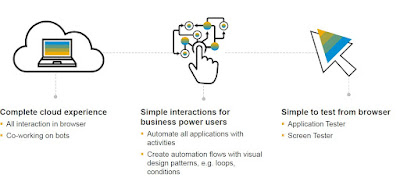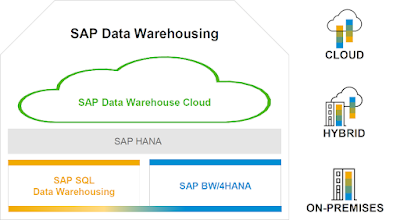The network connection between the primary and the secondary system impacts the overall performance of the SAP HANA systems if not configured correctly .For SAP HANA system replication it is critical that the network throughput (or bandwidth) and network latency requirement are sufficient to fulfill the optimal network requirements.
In this article, I am going to explain – How to measure optimal network bandwidth requirement for HANA replication setup and other important considerations for network throughput and latency.
Let’s take an example of 3-tier multi-target replication setup.
From DC1–> DC2 {SYNC | logreplay | delta_datashipping}







![How to use HANA Exit in SAP Analytics Report [Selection Screen Default value] SAP HANA Exam Prep, SAP HANA Tutorial and Material, SAP HANA Career, SAP HANA Preparation, SAP HANA Guides, SAP HANA Learning](https://blogger.googleusercontent.com/img/a/AVvXsEgCQcMUvD-7TZRHA384Lz9_UAlynmHogmMFEqATiyVYMPg3hjLb-6u7xZMr82XYZ0ZTrV4W8ti1LCGH6cFmFtdmD-Egyx8bVh42KrD8GKO_qNI4AjqdSFTN-0Lms77EbpwvrgSI38e2QpsKjJWltAsbwFq9i6-RBFhuTfDbygZzXN2haler_WzjmY0LBw=w400-h154)







